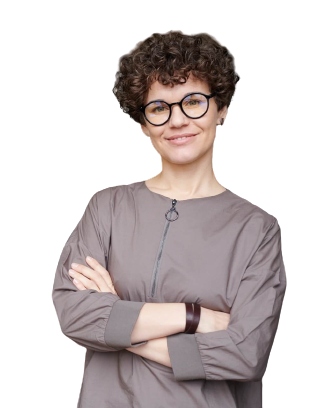The healthcare sector is undergoing a profound transformation worldwide – not only technologically, but also spatially. Today’s hospitals, clinics, and wellness centers are no longer merely functional treatment spaces. They are becoming environments of emotional regulation, safety, recovery, and a holistic health experience.
Patients increasingly choose healthcare facilities based on the impression the space leaves: light, colors, acoustics, the touch of materials, and a sense of orientation – all of this impacts stress levels, a sense of control, and even treatment outcomes.
At this intersection of design, architecture, and health, Grandiosa Design and Health Hub are positioning their expertise – in a vision that clearly communicates that design is not a visual extra, but an extension of care.

A Healing Space: What Design Does for the Patient
As the founder of Grandiosa Design studio, I deeply believe in the therapeutic potential of space. A well-designed interior can regulate emotions, reduce stress, and provide a sense of balance – and this starts the moment someone walks in.
In healthcare settings, where patients are in a vulnerable state, this becomes even more important. Design doesn’t merely communicate style – it communicates attention. It becomes a silent presence that calms and supports.
From Idea to Studio: Merging Aesthetics, Function, and Emotion
Grandiosa Design was born out of the need for spaces that are not just visually appealing, but also intuitive. Our mission is to create interiors that empower the user – whether we’re designing private villas or healthcare spaces.
We’ve worked on several projects within the healthcare sector – from small wellness centers to clinics. And while challenges like strict regulations and budget constraints are very real, they push us toward even more innovative solutions that blend humanity, functionality, and beauty.

Why Design in Healthcare Is (Still) Not the Standard
Our region is slowly beginning to recognize the importance of design in healthcare. However, design is still often viewed only as a visual element, instead of an integral part of the healing process. The emotional impact of space – especially in healthcare institutions – is still not sufficiently valued.
The private sector, particularly in health tourism, is leading the way in this respect. More and more, it’s understood that first impressions, user experience, and trust begin with the environment.
A New Era of Healthcare Spaces: Gardens, Silence, and Light as Therapy
We believe that spaces like interactive gardens, relaxation zones, and quiet rooms are the therapeutic tools of the future. Bathed in natural light, equipped with warm materials, filled with greenery and the sounds of silence – such spaces help the body and mind recover together.
Design that nurtures, orients, and soothes the patient reduces feelings of uncertainty. And this is not just an aesthetic function – it’s an extension of healthcare itself.
Healthcare Spaces That Feel Like Home – Grandiosa Design’s Vision
Our vision of the ideal healthcare space?
A space that welcomes the patient like a home. Warm, intuitive, clear. Soft colors, natural materials, plenty of light, and a carefully thought-out layout create an ambiance that doesn’t exhaust, but calms. Design is there to convey a message: “You are welcome, you are safe, you are in good hands.”
That’s why we believe design is an extension of care. If staff provide care through words and actions – design continues that care through atmosphere, orientation, and the visual communication of the space.

Health Hub x Grandiosa Design: The Need for a Shared Platform
That’s why we advocate for the creation of joint platforms that connect medicine, design, and wellbeing. The collaboration between Health Hub and Grandiosa Design demonstrates how powerful this multidisciplinary approach can be.
At a time when healthcare is seeking new solutions, experiential design becomes a bridge between science and emotion.

